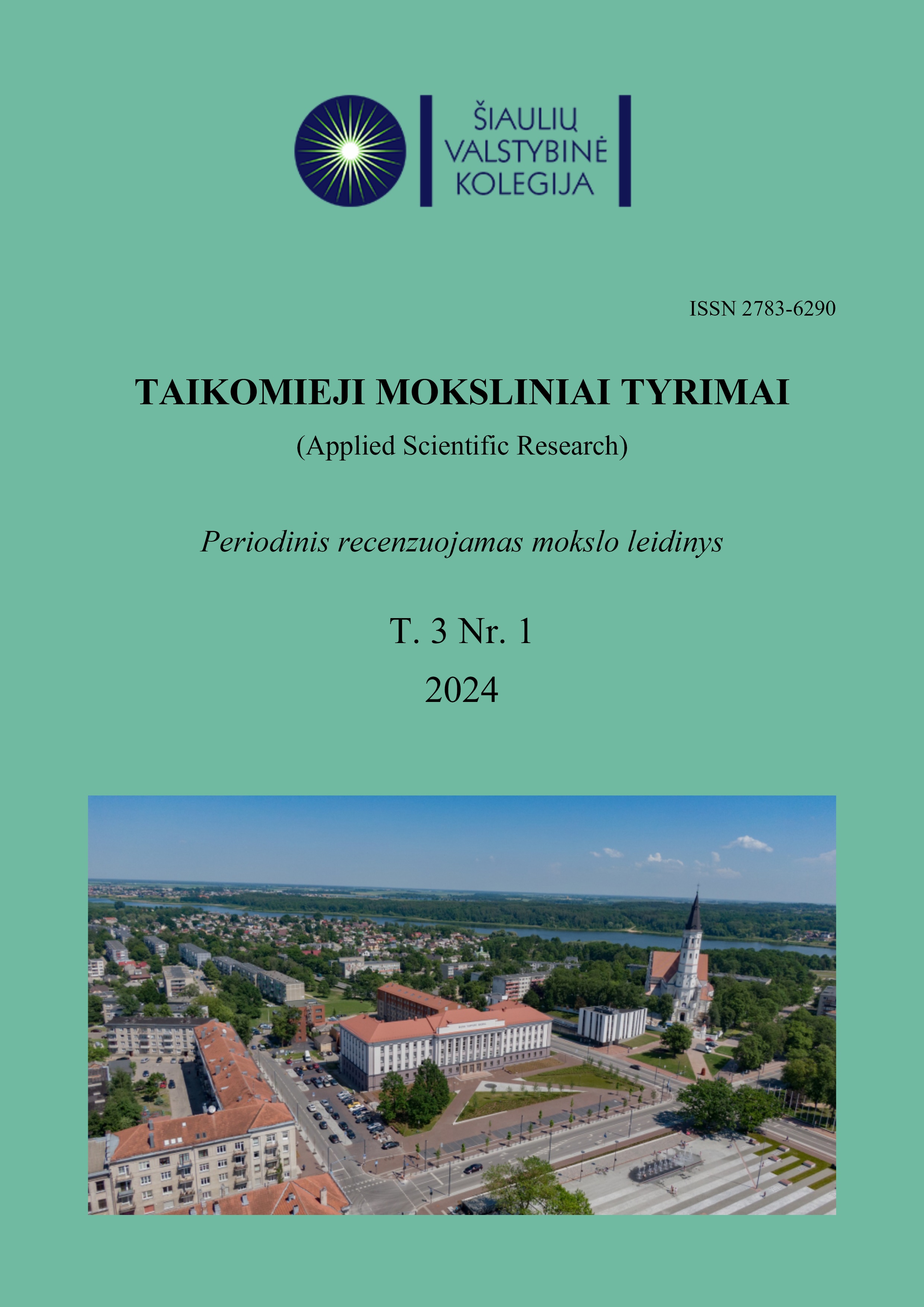Optimization of lubricating oil change intervals for marine internal combustion engines: algorithm research and design
DOI:
https://doi.org/10.56131/tmt.2024.3.1.197Keywords:
lubricating oil, marine engines, fleet exploitationAbstract
This study investigates an algorithm for optimal oil change intervals in the marine engine fleet, which reduces the costs due to the recommendations of ship engine manufacturers, which may have a large margin of error. At the same time, the algorithm provides measures to avoid exceeding the limits of sustainable operation of the installation. The main objective of the algorithm is to reasonably extend the service life of the lubricating oil in accordance with the recommendations of the engine manufacturers and while maintaining a reminiscent operating condition of the machinery. The variation of lubricating oil quality parameters during engine operation is a very important factor which, if ignored, can lead to high costs associated with ship idling. The obtained theoretical algorithm can be applied in the optimization process, but it is necessary to check and compare it with the results of the laboratory experiments and, if necessary, make corrections to the algorithm. These published results of the algorithm research and design are the first phase of the optimization of the lubrication oil change intervals for marine internal combustion engines, which must be verified by the results of applied research, mathematical analysis and, if necessary, adjusted as needed.
Downloads
Downloads
Published
How to Cite
Issue
Section
License
Copyright (c) 2024 Justas Žaglinskis, Laurynas Jagėla

This work is licensed under a Creative Commons Attribution-NonCommercial-ShareAlike 4.0 International License.





